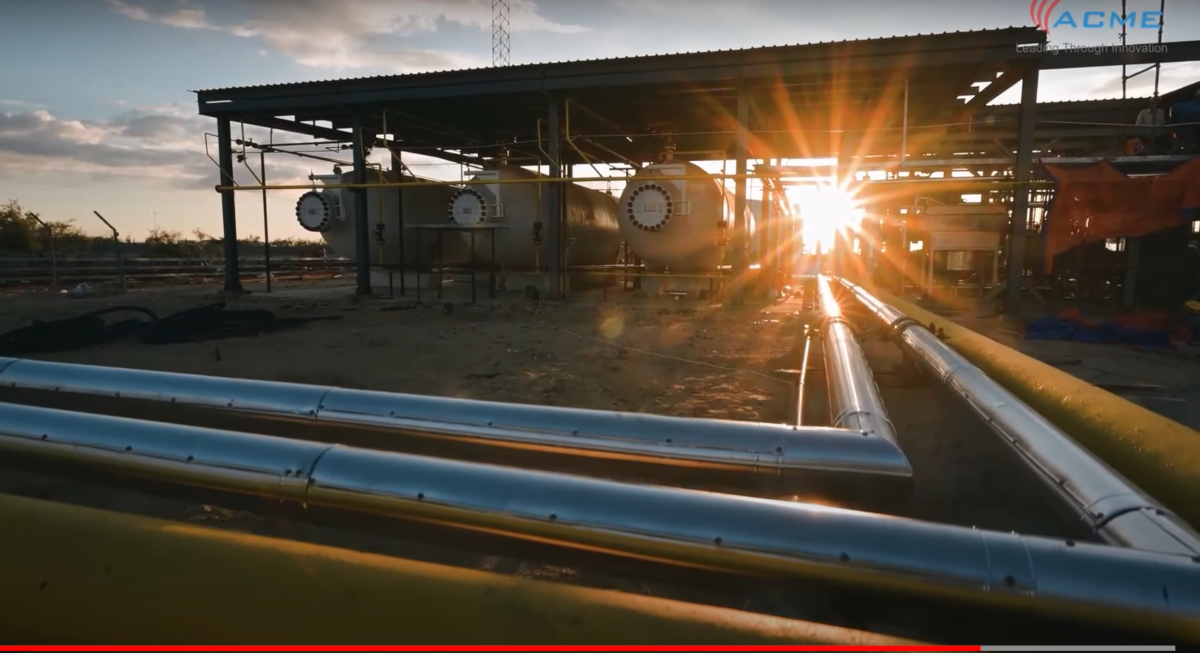India’s renewable energy sector is on the cusp of another growth spurt driven by the next wave of policies and reforms, offering significant investment opportunities for global and domestic investors—says a joint report by the Institute for Energy Economics and Financial Analysis (IEEFA) and Invest India.
The report highlights several sectoral reforms that will attract more investment to Indian renewable energy companies. The reforms include the green energy corridor scheme, Production Linked Incentive (PLI) schemes, and privatization of state electricity distribution companies (DISCOMs). The industry and investors expect announcements about more such reforms in the upcoming Union Budget.
“Ahead of the Union Budget 2023-24, the government’s approval of an initial capital outlay of INR 19,744 crore (about US$2.43 billion) under the green hydrogen mission is the latest example of a policy push that will position India as a green hydrogen export hub and attract global investors,” says report co-author Shantanu Srivastava, energy finance analyst, IEEFA.
“Investors would now be looking forward to a detailed breakup of the outlay for the PLI scheme for green hydrogen production and electrolyzer manufacturing under the Strategic Interventions for Green Hydrogen Transition (SIGHT) program of the green hydrogen mission,” he added.
Potential areas
The report finds that several new technologies and associated business models are taking shape in India, in line with global developments. It identifies battery energy storage systems (BESS), offshore wind, and green hydrogen as key new technologies offering ample space for global investments.
“India plans to integrate large-scale solar and wind energy into its grid by 2030. In this context, battery storage is a vital technology solution as it allows time to shift the dispatch of solar and wind power,” says the report’s co-author Amit Manohar, sector lead – renewable energy, Invest India.
According to Srivastava, the government should look to use the Union Budget to introduce a PLI scheme for grid-scale storage to scale up domestic capacities. It should also look to offer import duty waivers for setting up local battery manufacturing capacities.
The report also finds strong potential in India’s offshore wind power segment.
“Despite the slowdown, the Ministry of New and Renewable Energy’s announcement of a 4GW tender for offshore wind power off the coasts of Tamil Nadu and Gujarat has reinvigorated the sector. Offshore wind potential in India is pegged at 195GW along the 7,600km coastline with an ability to provide utilization factors of more than 50-55%,” says Manohar.
Here too, Srivastava suggests that the government should provide tax and non-tax incentives in the upcoming Union Budget to facilitate offshore wind projects’ growth, similar to what it did for solar and onshore wind in the past.
The report also identifies emerging trends such as corporate decarbonization and the energy-as-a-service model offering new avenues for investments in India’s renewable energy sector.
Corporate decarbonization is a growing trend buoyed by increasing net-zero commitments by Indian companies. “The government should also look at providing financing support in the budget for industrial decarbonization. “Rolling out sovereign sustainability-linked bonds linked to India’s updated Nationally Determined Contributions, is a viable option,” says Srivastava.
Energy-as-a-service model offers high margins and growth prospects in a fast-evolving energy economy. Energy efficiency services, demand side management and cloud energy storage offerings are just a few of the new offerings under this model.
The other key emerging trend is hybridizing solar and wind power for minimizing variability and optimally utilizing the infrastructure.
With an installed capacity of around 104 GW of wind and solar to date, the renewable energy sector is making strides to provide solutions for the intermittency of the two generation sources. And the government is releasing tenders for round-the-clock and hybrid RE projects instead of plain solar or wind tenders.
Srivastava adds that the government should provide incentives in the budget to facilitate the growth of the wind power equipment manufacturing industry and bring in more domestic competition. This will help invigorate the wind-solar hybrid market.
This content is protected by copyright and may not be reused. If you want to cooperate with us and would like to reuse some of our content, please contact: editors@pv-magazine.com.









1 comment
By submitting this form you agree to pv magazine using your data for the purposes of publishing your comment.
Your personal data will only be disclosed or otherwise transmitted to third parties for the purposes of spam filtering or if this is necessary for technical maintenance of the website. Any other transfer to third parties will not take place unless this is justified on the basis of applicable data protection regulations or if pv magazine is legally obliged to do so.
You may revoke this consent at any time with effect for the future, in which case your personal data will be deleted immediately. Otherwise, your data will be deleted if pv magazine has processed your request or the purpose of data storage is fulfilled.
Further information on data privacy can be found in our Data Protection Policy.